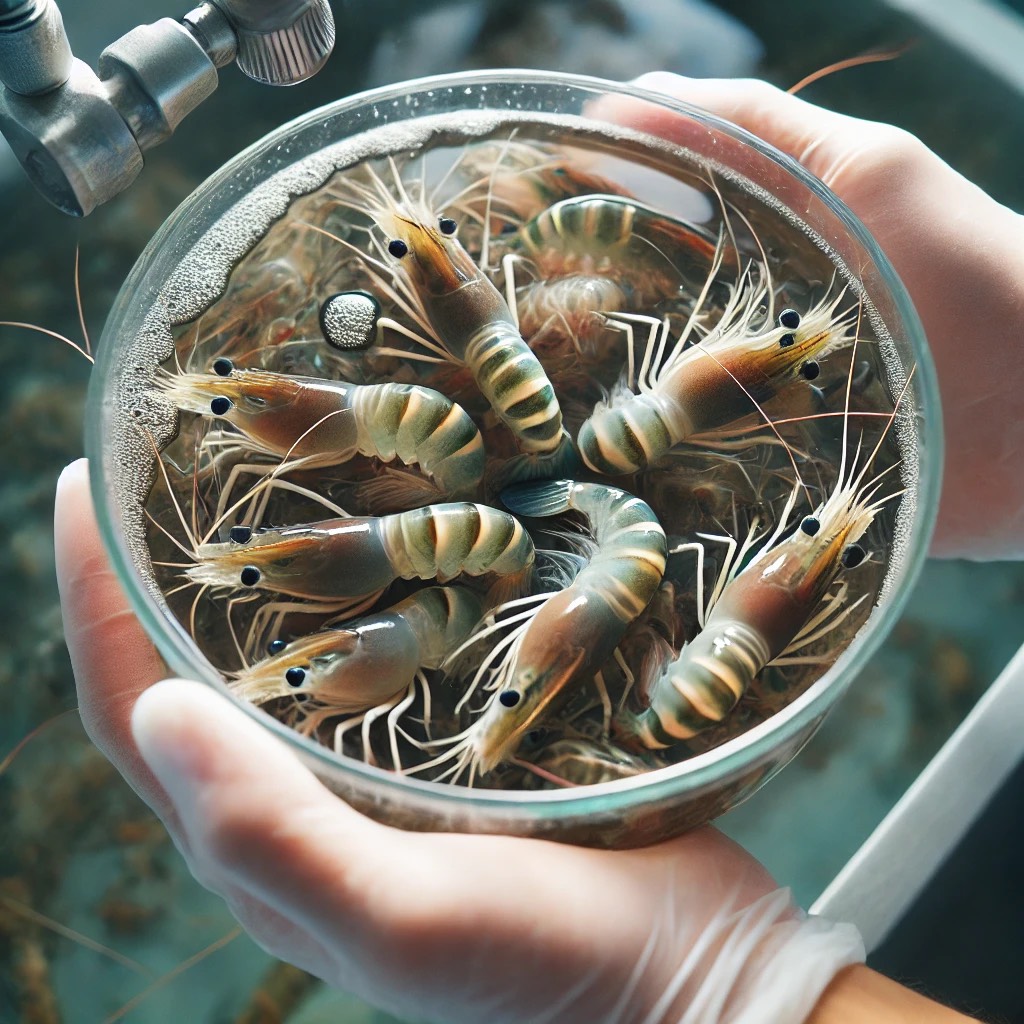How to Do Prawns Farming in Minimum Space: A Complete Guide for Beginners
In today’s world of rising demand for seafood and shrinking agricultural land, small-scale aquaculture is becoming a highly lucrative venture. One of the most profitable and manageable options is prawns farming in limited space. Whether you have a backyard, a terrace, or a small plot of land, it is entirely possible to start a successful prawn farm with the right planning and setup.
This blog will guide you step-by-step on how to farm prawns in minimum space—covering planning, pond/tank setup, prawn species, water management, feeding, and harvesting.
Why Prawn Farming in Small Space?
Prawns, especially freshwater varieties like the Giant River Prawn (Macrobrachium rosenbergii), are in high demand for their taste and nutritional value. Small-scale prawn farming is ideal because:
- It requires low capital investment
- You can use existing spaces like balconies or small backyards
- Returns can be high in short cycles (4–6 months)
- It’s suitable for urban and semi-urban environments
Step 1: Selecting the Right Space
Before diving into prawns farming, identify the space you can use. Some options include:
- Backyard (minimum 100–200 sq. ft.)
- Terrace or rooftop (with water containment tanks)
- Old unused rooms or sheds (for indoor tank-based systems)
Ensure the space:
- Has access to clean water
- Can support a pond/tank weight
- Gets partial sunlight and can be covered if needed
Step 2: Choosing the Right Prawn Species
Not all prawns are suitable for small spaces. The best choice for limited area farming is:
Giant River Prawn (Macrobrachium rosenbergii)
- Thrives in freshwater
- Fast-growing (ready in 4–6 months)
- Hardy and adaptable
- High market demand and value
For saltwater farming, whiteleg shrimp (Litopenaeus vannamei) is also a good choice, but requires more complex salinity and water management.
Step 3: Setting Up the Pond or Tank
You have two main choices:
1. Concrete Tanks or Cement Ponds
- Easy to manage and clean
- Lasts longer
- Ideal for rooftops or backyards
2. HDPE Tarpaulin Tanks
- Affordable and flexible
- Easy to install
- Suitable for temporary or trial setups
Tank Size Recommendation:
For small-scale farming:
- 1000-liter tank (approx. 1m x 1m x 1m) can hold 100–150 juvenile prawns
- Use multiple tanks to scale
Step 4: Water Quality and Management
Water is the lifeline of any aquaculture setup. Here’s what you need to maintain:
Ideal Water Parameters:
- Temperature: 28–31°C
- pH: 7.0–8.5
- Dissolved Oxygen: > 4 mg/L
- Ammonia: < 0.02 mg/L
Tips:
- Use a submersible pump or aerator for oxygen supply
- Install biofilters or use aquatic plants like duckweed
- Change 10–20% of water weekly
Step 5: Stocking Juvenile Prawns
Once your water system is stable (after 5–7 days of filling), it’s time to introduce your stock.
📦 Where to Buy:
- Certified hatcheries or aquaculture suppliers
- Avoid vendors with unclear health standards
Stocking Density:
- For small tanks: 10–15 prawns per square foot
Tip: Acclimatize prawns to the tank water gradually to avoid shock.
Step 6: Feeding the Prawns
Prawns need a high-protein diet to grow well. Feeding is one of the most important aspects of farming.
Types of Feed:
- Commercial prawn pellets (28–35% protein)
- Homemade feed: rice bran, soybean meal, fish meal
- Supplement with vegetables or aquatic plants
Feeding Schedule:
- 2 times per day (morning and evening)
- Remove uneaten food after 1 hour
Step 7: Disease Management
Keeping prawns healthy is essential. Here’s how to prevent disease:
- Maintain oxygen levels and clean tanks regularly
- Remove dead prawns immediately
- Don’t overfeed
- Use probiotics or neem/garlic extracts
🧪 Signs of Trouble:
- Prawns floating or sluggish
- Loss of appetite
- Discoloration or shell issues
Step 8: Harvesting
Prawns are usually ready in 4–6 months, depending on care.
When to Harvest:
- Market size: 100–150 grams
- Hard shells, slow movement
🪣 How to Harvest:
- Drain the tank
- Use nets to collect prawns
- Store in cold water or ice for transport
Marketing and Selling
Prawns have strong demand in seafood markets and restaurants. You can sell:
- Fresh prawns directly to local customers
- Cleaned and frozen varieties for delivery
- Partner with fish vendors or supply chains
Pro Tip: Use Instagram, WhatsApp Business, or local marketplaces to market your farm products and build customer trust.
Conclusion: Start Small, Grow Big
Prawns farming in a small space is not only possible but profitable with the right approach. With manageable costs, smart planning, and basic care, you can turn even a small backyard or rooftop into a thriving mini prawn farm.
Start with one or two tanks, learn the process, and scale up as you gain experience. Whether for extra income or full-time business, small-space prawn farming is a smart way to dive into the growing world of aquaculture.

